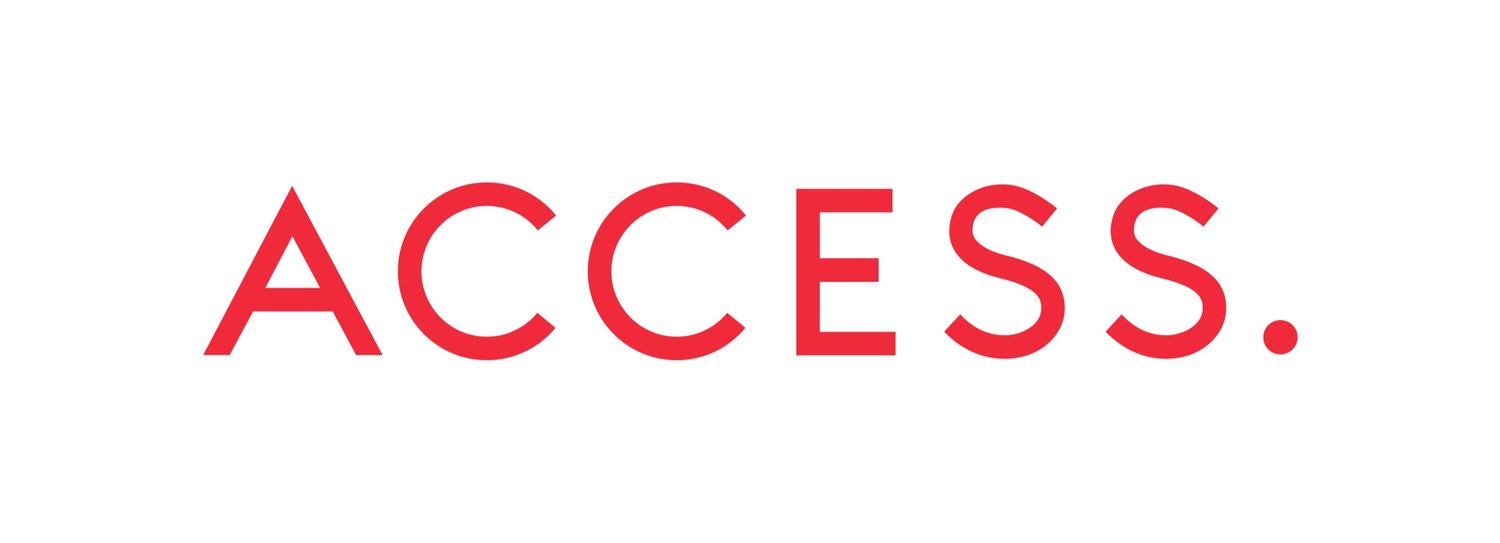By Marcus Bowman, Senior Associate at Access.
Major transit station areas are where it all comes together. Transit accessibility converges and mixed-use, amenity-rich transit-oriented communities (TOC) maximize social value. However, as transit services converge so too do their technical requirements and too often the breadth of opportunity can seem matched by the depth of complexity.
The footprint of the bus exchange can be one of the most challenging such requirements. The bus exchange is a fundamental part of the mobility and access offering, but a large, space-hungry terminal can eat up precious space, block pedestrian circulation, and leave undevelopable remnant parcels. It need not be so. A combination of network and facility design approaches along with a deliberate stakeholder process can produce spectacular results.
Stratford Bus Station - London UK Source: Access Planning
Compact bus terminals can advance the objectives of transit agencies and city building partners. Protected development parcels create opportunities for new housing and employment that serve growth and drive transit ridership. Retail space can provide valuable amenities to transit customers, elevating their perception of transit and unlocking trip-chaining potential. Simplified facilities can also reduce transfer and walk times, creating a legible and convenient customer experience that preserves travel time benefits.
Access has worked with operators and authorities across Canada to deliver optimized bus terminal designs that maintain efficient, high-capacity operations while unlocking broad city-building objectives. Key to the process is balancing functional needs, delivering customer experience, and optimizing capital and operating costs. We focus on the elements that most drive terminal size including stop assignment, network design, and separation of layover. Separating layover function in particular is key to most efficiently using space in high value areas. Using a layover model can require adjustments to network design and consultation with transit agencies must begin early.
The process for achieving these outcomes must be tailored to each jurisdiction and even to each specific facility. A smart approach can make things easier over time by baking learnings into new guidelines with demonstrated proof of concepts.
Here are the six key themes of the Access approach to delivering compact bus facilities.
THE ACCESS APPROACH TO COMPACT BUS EXCHANGES:
1. Take a Holistic Approach and Expand Common Objectives
The people who come together to build TOC were all led here by a common passion for city-building. Organizational mandates and objectives complement and overlap much more than they clash. The challenge in delivery is to identify, expand on and protect these common goals throughout the design process. With common objectives as your north star, meaningful collaboration becomes possible.
2. Focus on the Key Elements Driving Size
Tinkering with the curb layout and tightening schedules can only get you so far. To really achieve results, the big factors of stop assignment, network design, and separated layover space need to be addressed. Separate layover and optimized network design allow many routes to share a single pick-up and drop-off bay, shortening walking times and maximizing space in the most valuable, station-adjacent locations.
3. Speak Operator, Speak TOC
Designers, planners, developers, and transit operators often speak just differently enough to talk past one another if we’re not careful. To realize desired outcomes, project managers need to speak across these disciplinary languages. Transit authorities and development partners need to trust that their needs are being respected and included in the process. A deep understanding of these needs, demonstrated by listening and reading back, is necessary to achieve this.
4. Adapt Requirements to Achieve Outcomes
Technical requirements are a tool developed to achieve a desired outcome, yet too often our tools themselves define the outcomes for us. At complex station area sites there needs to be a recognition by all parties that technical requirements may need to be adapted to meet the special circumstance at hand.
5. Test, Simulate, Iterate
Adapting proven technical requirements that worked in the past, requires delivering the confidence that outcomes can still be met by doing things differently. Time and resources are well invested to reasonably prove that operations will still work in the new conditions and iterate the design as necessary. Often times this analysis demonstrates superior results and can be fed into project business casing.
6. Bake Lessons Learned into Guidelines
The collaborative design process of delivering a compact bus terminal can be documented as the proof-of-concept in updated design guidelines that preserve the work and streamline it for the future. Guidelines can be further refined to different contexts as best practices spread locally.
We’re always happy to talk about compact bus terminals, contact Access to learn more.
Marine Drive Skytrain, Bus Terminal and Integrated Development Source: Access Planning



